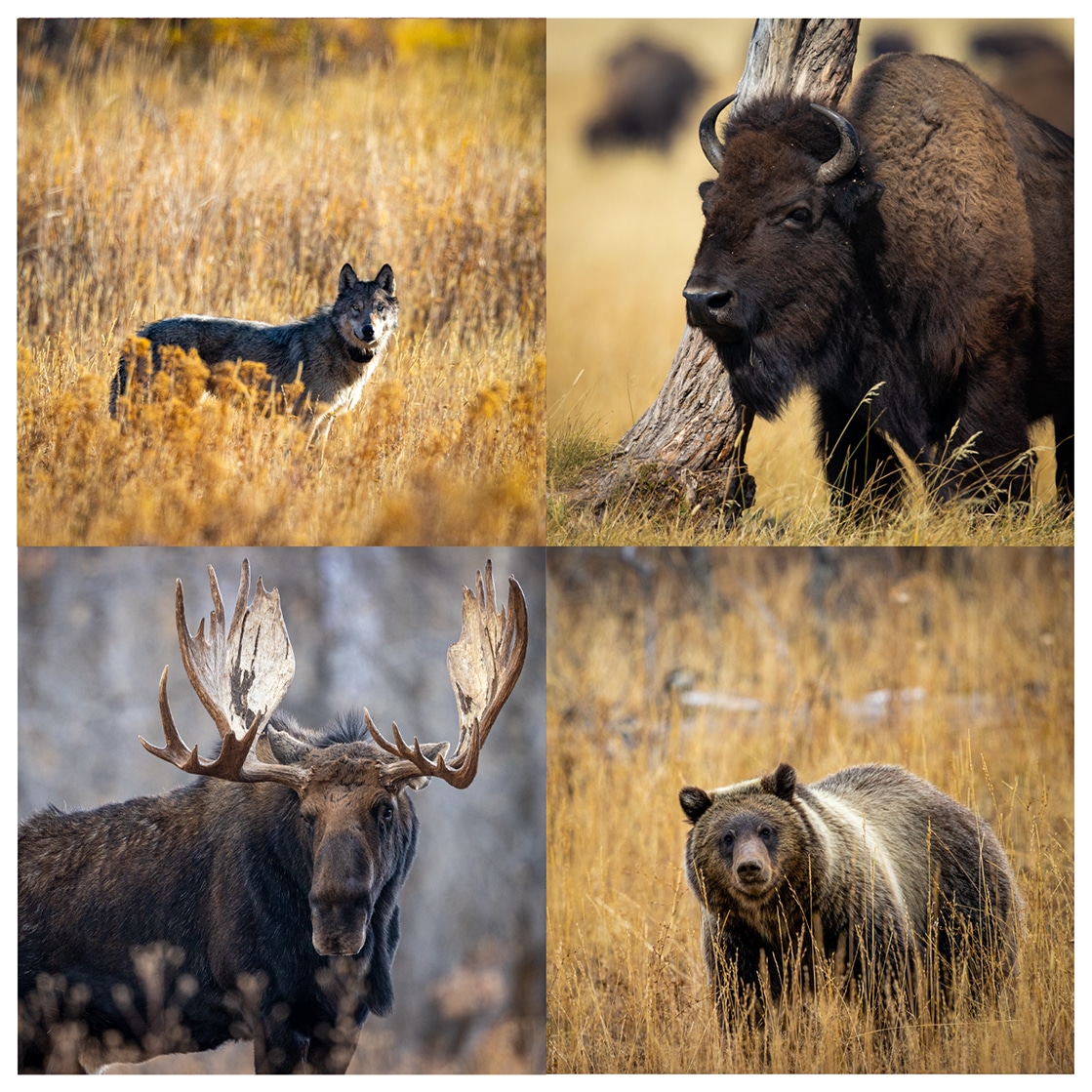The Wild West is often associated with cowboys, outlaws, and vast open landscapes. However, it is also home to a diverse range of wildlife that has adapted to survive in this rugged environment. From majestic predators to resilient herbivores, the animals of the Wild West have captured the imagination of many. In this article, we will delve into the fascinating world of different animals from the Wild West and explore their unique characteristics and adaptations.
The Coyote: A Clever Survivor
One of the most iconic animals of the Wild West is the coyote. Known for its cunning nature and adaptability, the coyote has managed to thrive in a variety of habitats, from deserts to grasslands. With its keen senses and remarkable agility, this canid has become a master of survival.
Coyotes are opportunistic omnivores, meaning they will eat almost anything they can find. Their diet includes small mammals, birds, reptiles, fruits, and even carrion. This adaptability allows them to survive in areas where food sources may be scarce.
Another remarkable aspect of the coyote’s survival strategy is its ability to form social groups called packs. These packs consist of a dominant breeding pair and their offspring. By hunting together, coyotes can take down larger prey and defend their territories more effectively.
The Pronghorn: The Speed Demon
The pronghorn is a unique and fascinating animal that roams the grasslands and deserts of the Wild West. Often mistaken for antelopes, pronghorns are actually the only surviving members of a once diverse group of ungulates.
What sets pronghorns apart is their incredible speed. They are the fastest land animals in North America, capable of reaching speeds up to 55 miles per hour (88 kilometers per hour). This remarkable adaptation allows them to outrun their predators, such as coyotes and mountain lions.
Pronghorns also possess exceptional vision. Their large eyes provide a wide field of view, allowing them to detect predators from a distance. In addition, they have specialized muscles that enable them to change the shape of their lenses, enhancing their focus and depth perception.
The Black Bear: A Shy Giant
The Wild West is also home to the black bear, a species known for its strength and adaptability. Despite its name, black bears can come in various colors, including brown, cinnamon, and even white. They are highly intelligent animals that have managed to survive in a range of habitats, from dense forests to rugged mountains.
Black bears are omnivorous, with a diet that consists of both plant matter and meat. They are skilled foragers and can consume a wide variety of foods, including berries, nuts, insects, and small mammals. However, they are not typically aggressive towards humans and will often avoid confrontation if given the chance.
During the fall season, black bears enter a state of hyperphagia, where they consume large amounts of food to prepare for winter hibernation. During this time, they can gain up to 30% of their body weight. This adaptation allows them to survive the harsh conditions when food is scarce.
The Rattlesnake: A Venomous Reptile
In the arid regions of the Wild West, one must be cautious of the venomous rattlesnake. These reptiles are well-known for their distinctive rattle, which they use as a warning signal when threatened. Rattlesnakes have adapted to survive in harsh desert environments and can be found in rocky areas, grasslands, and even forests.
Rattlesnakes are ambush predators, relying on their venomous bite to immobilize their prey. They have specialized heat-sensing pits on their faces, allowing them to detect warm-blooded animals in the dark. Once they strike, the venom quickly incapacitates their prey, making it easier to consume.
Despite their venomous nature, rattlesnakes play an important role in the ecosystem. They help control rodent populations, which can otherwise cause damage to crops and spread diseases. It is crucial to respect their presence and give them space when encountered in the wild.
Conclusion
The wildlife of the Wild West is as diverse and resilient as the landscapes they inhabit. From the clever coyote to the speedy pronghorn, each animal has unique adaptations that allow them to survive in this challenging environment. By understanding and appreciating these creatures, we can gain a deeper appreciation for the delicate balance of nature in the Wild West. So, next time you find yourself in this iconic region, take a moment to observe and admire the incredible wildlife that calls it home.








